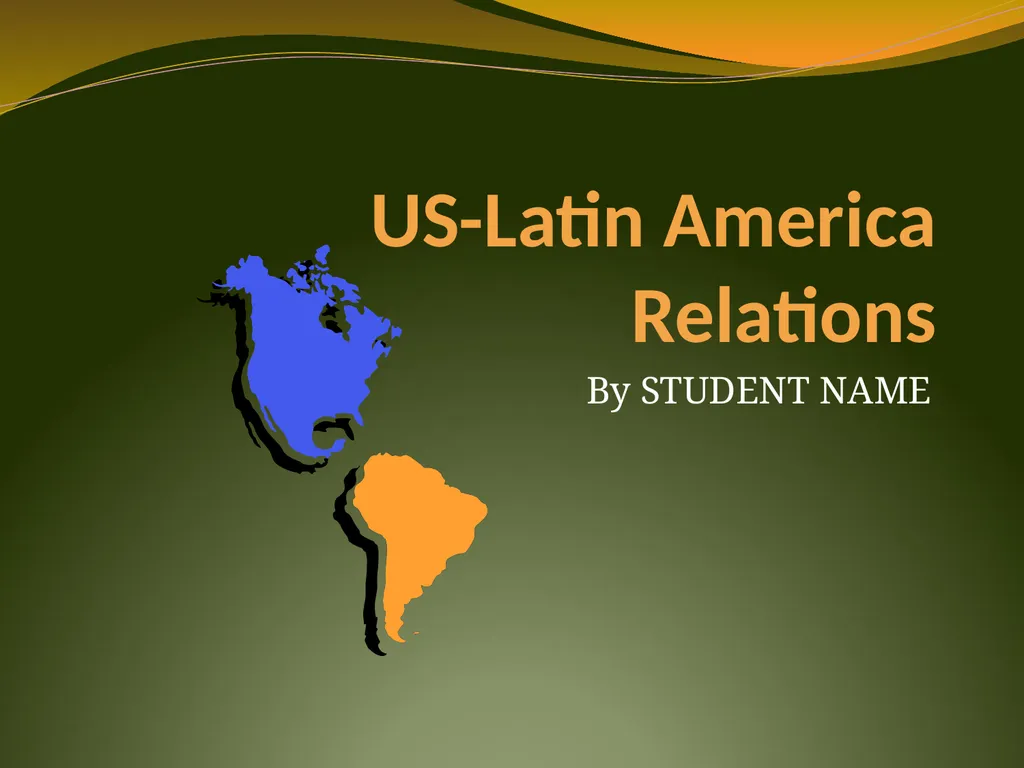
US-Latin America Relations By STUDENT NAME
Author: jane-oiler | Published: 2025-08-04
Description: US-Latin America Relations By STUDENT NAME Contents Background History of US-Latin America Relations Case study: Case study: Conclusion Sources Background Both of the Americas were colonized by European powers from the late 15th century,
Download Presentation
Download the PPT/PDF: Download
Transcript:
Loading transcript…